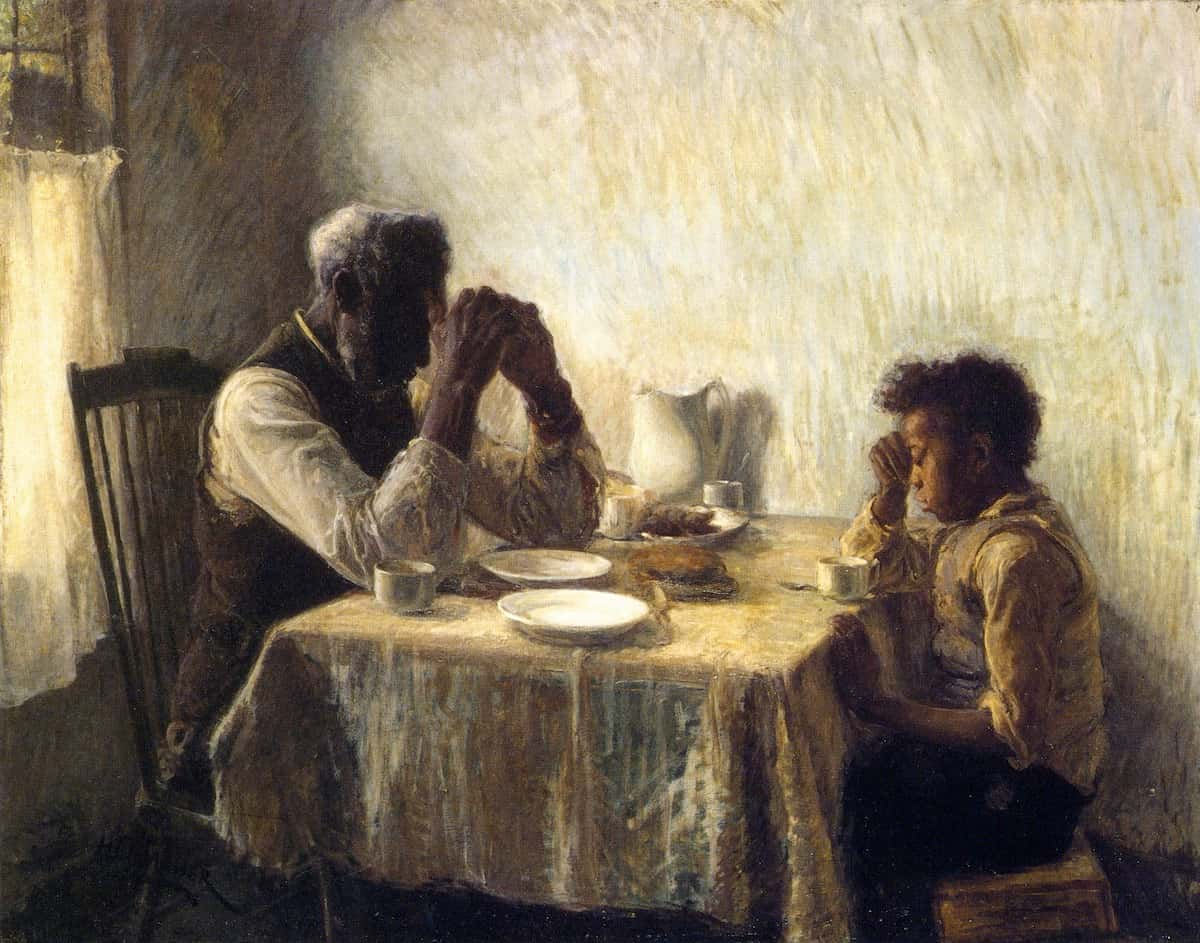The Great Recession of 2008 increased black Americans’ poverty rate from its lowest point in 2008 to over 24%. However, it lowered after 2012 during President Obama’s administration. We’ll answer, what percentage of African Americans live in poverty?
Join our Spotcovery Global Black Community Facebook Group for early access to exclusive content and to share in a lively discussion.
Become an insider. Subscribe to our newsletter for more top trending stories like this!
Poverty in African Americans
According to a report by the United States Census Bureau, the official poverty rate of African Americans reached a historic low of 17.1% in 2022. Estimates from the Current Population Survey Annual Social and Economic Supplement (CPS ASEC) show the African American population was among the only main ethnic groups to witness a big change in poverty between 2021 and 2022.
The United States 2022 official poverty rate for American American adults 65 and older was 17.6%, while that of Black adults ages 18 to 64 was 14.9%.
People Also Read: Wealth Disparity, Charging Deserts, and The Black Community
History of Poverty in African American Families
The United States Census Bureau records historical poverty data among American residents using its Current Population Survey and Annual Social and Economic Supplements. In 1967, around 58% of black people lived below the poverty level compared to only 11% of all families in America.
The wealth gap between black and white people remained the same in 1990 despite a small decrease in the overall poverty rate for both population groups. When the United States was experiencing an economic boom in the 1990s, the poverty rate of African Americans dropped from 29% in 1990 to 19%.
However, the nation’s economic downturn between 2000 and 2010 caused the African American population’s poverty rate to increase from 19% to 27.4%. Then, from 2010, the African American population’s poverty rate started to improve again.
Check these books on Amazon to learn about the struggles of African Americans over the years.
People Also Read: People Also Read: 8 Best Black-Owned Finance Companies Bridging the Wealth Gap
Public Assistance
The number of black Americans who get public assistance varies depending on the type of assistance. A report from the USCB shows that 14.5% black population gets housing assistance, such as government housing or Section 8 housing, while 2.5% receive Temporary Assistance for Needy Families (TANF).
These stats include those who get benefits or the ones covered under the allotment of someone else’s benefits. The biggest benefits that African Americans have received are 29% of people who received Medicaid health insurance and 30% of African Americans who receive Supplemental Nutrition Assistance Program (SNAP) benefits.
Around 42% of black Americans get some sort of public assistance. Despite presenting the African American population as the primary benefactor of the SNAP program, white Americans are the primary consumers of the program.
Become an insider. Subscribe to our newsletter for more top trending stories like this!
As of 2018, there were 6.2 million White families participating in SNAP (42%) compared to 3.7 million black American families who make up just 24%. Here are books on Amazon to help you learn about the racial gap between white and black people.
How the United States Census Bureau Measures Poverty
Every year, the USCB makes two measures of poverty available to the public – the Supplemental Poverty Measure (SPM) and the official poverty measure. The official poverty measure defines poverty by comparing pretax money income to a national poverty threshold adjusted by the age of the household, number of children, or family size.
On the other hand, the Supplemental Poverty Measure (SPM) takes things further by accounting for the following:
- State and federal taxes
- Government programs initiated to help low-income earners
- Medical and expenses
- Geographical variation in housing
Between 2021 and 2022, the official poverty measure showed that poverty was reducing, while the SPM showed an increase from 11.3% in 2021 to 17.2% in 2022. The increase can be attributed to the cancellation of COVID-19 safety net programs like expanded refundable tax credits.
The improved poverty rate for black Americans shows gains for a race that has been traditionally disadvantaged compared to others. With the establishment of black-owned businesses and new favorable laws, the poverty rate for African Americans will continue to improve.
What percentage of African Americans live in poverty? With the statistics in this article, it is time to support black-owned businesses or establish one. Doing so will help create more opportunities for the black communities.
Get an entrepreneurship guide from Amazon if you would like to establish a business.
People Also Read: Why Is It Called Black Tax? Explanation Black Americans Need to Know
Nearly 80% of consumers visit directories with reviews to find a local business. List your business for free in our exclusive Spotcovery Black-Owned Business Directory.
Spotcovery offers unique and fresh daily content on Black culture, lifestyle, and experiences. We talk about everything black, black people, black-owned and black-owned businesses. We also deliver authentic and relevant content that will inform, inspire and empower you! The future of black media is critical to today’s black experience! Our primary audience includes African Americans, Africans, Afro-Caribbean, and people of African heritage. Black culture is for the culture!
Become an insider. Subscribe to our newsletter for more top trending stories like this!





